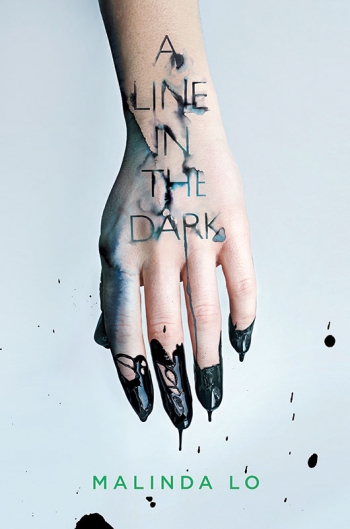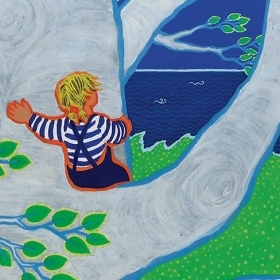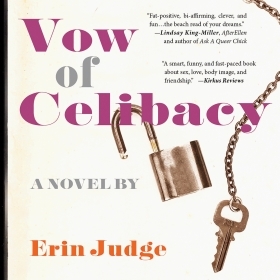Malinda Lo ’96 highlights queer women, particularly queer women of color, in her work for young adult readers. Her sixth novel, A Line in the Dark, is a contemporary thriller that explores the complexities of friendship and identity. Kirkus Reviews named it one of the best teen mysteries and thrillers of 2017. We caught up with her after she returned from her book tour.
Why was it important to depict a Chinese-American family? Why does diversity in books for young readers matter?
Jess Wong, the main character in this book, came to me almost fully formed from the start. She was always an atypical Chinese American girl—a queer artist who is still seeking out the truth of her heart. Jess came to me first, and her family followed.
I’m often asked why diversity is important, and my answer has always been because diversity is reality. The problem is, reality has often been ignored or erased by those who are in power. It’s important for all of us to push back against that erasure, not only in books for young readers but in every aspect of life.
How did you approach discussing class, a topic that’s not always addressed in YA novels?
Class is part of life, just like diversity, and it’s always been an element of my novels. I write about these distinctions because they help define the way characters move through the world. Jess is from a lower-middle-class immigrant family, and that gives her a particular perspective on life, from the food she enjoys eating to the way she thinks about wealthy people.
For Jess, art is a valuable outlet, and even therapeutic. Does writing serve a similar purpose for you?
Writing is both my work and my calling, but it’s not therapeutic. I have anxiety and have had clinical depression in the past, and when I’m dealing with those mental illnesses, I can’t write. There’s no substitute for professional counseling.
From Ash to Adaptation to A Line in the Dark, your novels range across genres. What did you learn from switching genres?
I’ve learned that people think switching genres is really surprising! There are common threads across all genres. There’s often a mystery and a romance, and in all my favorite novels there’s some element of wonder. Regardless of genre, I want to write stories about queer women. I think we belong in every kind of book as the main character.
Funderburg spent last summer as an editorial intern at HarperCollins Publishers, supported by a grant from the nonprofit We Need Diverse Books.







We ask that those who engage in Wellesley magazine's online community act with honesty, integrity, and respect. (Remember the honor code, alums?) We reserve the right to remove comments by impersonators or comments that are not civil and relevant to the subject at hand. By posting here, you are permitting Wellesley magazine to edit and republish your comment in all media. Please remember that all posts are public.